Introduction
Recently, consumer electronics companies represented by Huawei and internet companies represented by Xiaomi have expressed their intention to enter the smart car industry. These “newcomers” are not good at powertrain, chassis and other areas that the industry veterans have been deepening, but the leading-edge fields such as intelligent driving and smart cockpit that require continuous iteration based on large amount of data through software.
The joining of these “newcomers” makes the tactics of using piled materials to enhance the luxury of cars gradually lose its effectiveness. The abilities of data and software, which seemed not so important, are increasingly highlighting their value. With the support of data and software, cars have also transformed from a means of transportation to companions that know users’ travel preferences better, and consumers do not value the quantity of add-ons in a car, but focus more on user experience.
The concept that piles of materials are useless is particularly evident in the field of self-driving technology, because an automated driving system requires a sound enough top-down design to ensure a good user experience, and relying solely on piled materials is not enough. This concept even affects the transformation of the pattern of automated driving.
Transformation of Automated Driving Pattern
This year is a year in which automated driving has blossomed throughout China.
Among automakers, more and more new forces like NIO, XPeng and IM have released new smart cars that have urban automatic driving capabilities; among automated driving technology providers, top companies like Huawei and Horizon have also released full-stack or partial automated driving solutions for more carmakers to choose from; in the capital market, unmanned logistics trucking companies represented by TuSimple have also achieved IPO. The joint promotion of automakers, suppliers and the capital market has gradually made the pattern of automated driving clear. The applicable area of automated driving is gradually expanding from single-scenario areas such as highways and ring roads to multi-scenario and even all-scenario areas.
There are three mainstream scenarios for automated driving, ranked from high to low according to the level of difficulty: urban area, parking lot, and highways/ring roads. Currently, the automated driving experience on highways/ring roads is already good enough, and mass production of automated driving functions in urban and parking scenarios will soon enter the public’s view.
Lidar Becomes the Mainstream Sensor
Compared with highways/ring roads, where the traffic participants are relatively single and the road environment is relatively fixed, automated driving in urban roads is much more difficult.
Automated driving cars will encounter pedestrians and cyclists crossing the road at will, unusual vehicles (loading tricycles, engineering vehicles), stationary obstacles (water horses, cones, trash cans, temporary fences, etc.), and small objects on the road (triangle warning signs, stones, etc.). In addition to various strange obstacles, urban scenarios often feature weak light, backlight, and alternating bright and dark scenes (tunnels).
 The autonomous driving solutions with visual and millimeter-wave radars as main sensors have huge safety risks in complex scenarios. In order to achieve urban autonomous driving and attain full-scenario autonomous driving, many automakers have equipped their new cars with lidars.
The autonomous driving solutions with visual and millimeter-wave radars as main sensors have huge safety risks in complex scenarios. In order to achieve urban autonomous driving and attain full-scenario autonomous driving, many automakers have equipped their new cars with lidars.
The redundant solution of lidar + visual + millimeter-wave radars greatly improved the environmental perception ability and safety of urban road conditions. In addition to the fusion of visual and millimeter-wave radars, it is also possible to further detect targets with lidar + visual and lidar + millimeter-wave radar, and the multi-redundant detection method can avoid many omissions and improve driving safety.
From Single Scenario to Full-Scenario Closed Loop
It has become an industry consensus that both mainstream automakers and “disruptors” represented by consumer electronics and internet companies recognize the importance of closing the loop of the full scenario covering urban/highway/parking lots. The full-scenario closed loop means that the vehicle can automatically drive out of the parking lot, drive in the city, drive on the highway, and park automatically without the intervention of the driver, which greatly improves the driving experience of drivers and passengers.
The layout of autonomous driving is gradually moving from a single scenario to a full-scenario closed loop, and this has become a consensus in the industry. Leading domestic new energy vehicle manufacturers and top-tier autonomous driving technology providers have begun to adjust their layouts to better solve the problem of autonomous driving.
Taking Horizon, a leading domestic autonomous driving technology solution provider, as an example, their Horizon Matrix intelligent driving solution provides L1~L4 level autonomous driving product solutions. Automakers can choose the technology products they need to fill their gaps in single or full-scenario closed-loop according to their own needs.
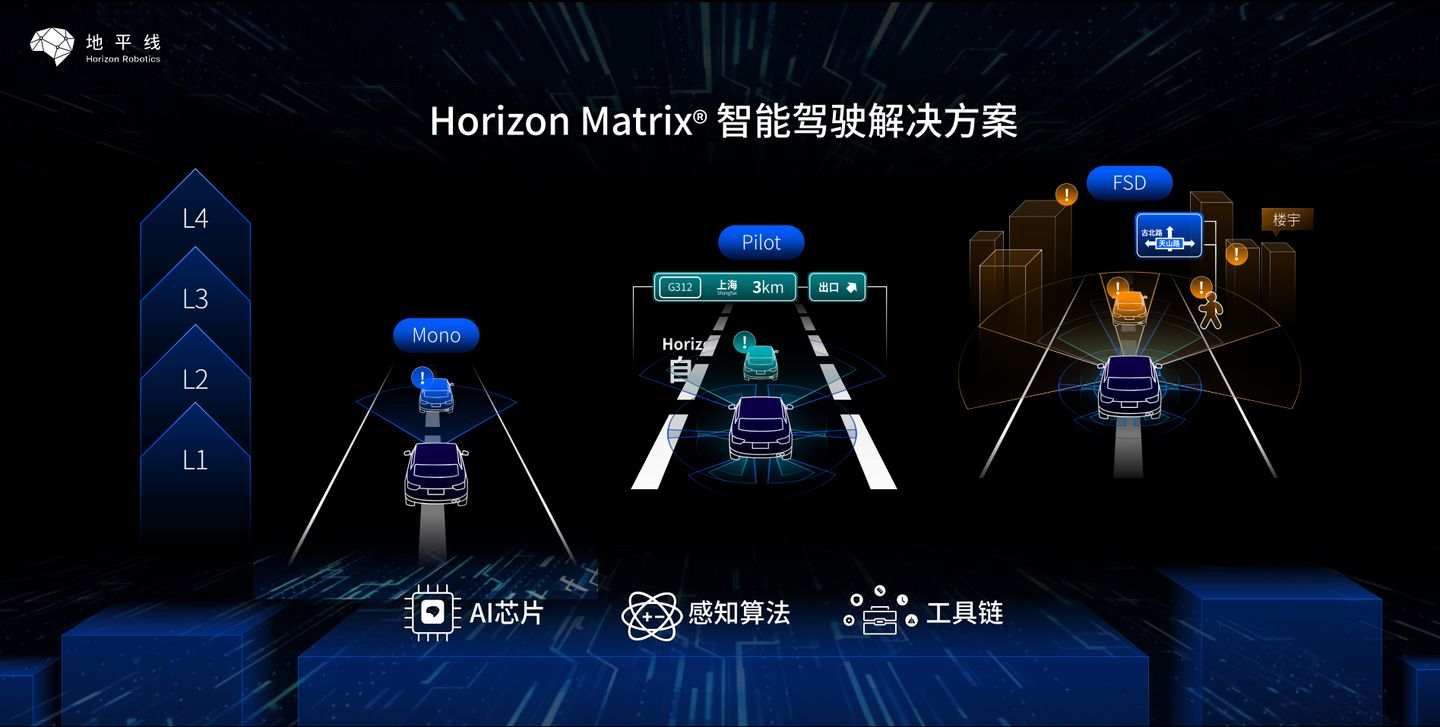
The L1 product offered by Horizon is the Horizon Matrix Mono series. Mono 2.0 is the first batch of mass-produced monocular vision solution in China. It can quickly help cars detect the environment information of vehicles, pedestrians, lane markings, traffic lights, traffic signs, drivable areas and surrounding scenes. Mono 3.0 was released last month at the Shanghai Auto Show. Compared with the previous generation, Mono 3.0 can support 8-megapixel forward-facing cameras, obtain higher-precision perception, and better handle complex scenarios such as merging and exiting ramps and construction zones.
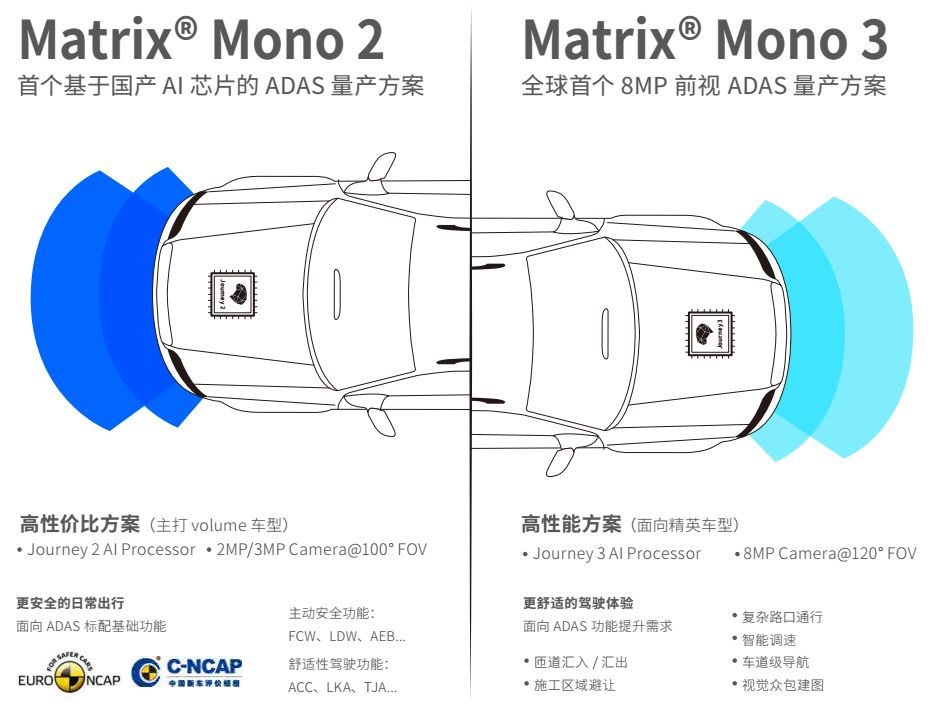 The Horizon Matrix Pilot series is a product line developed by Horizon Robotics specifically for L2+ level automation. Based on the Horizon Journey 3 chipset, the Horizon Matrix Pilot provides low power consumption and algorithm capabilities, allowing for passive cooling and improved cost efficiency and reliability. Furthermore, the Horizon Matrix Pilot has been specifically trained and optimized for China’s unique road conditions, including tunnels, sharp curves, and highway entrances and exits, making it capable of easily handling these typical challenges.
The Horizon Matrix Pilot series is a product line developed by Horizon Robotics specifically for L2+ level automation. Based on the Horizon Journey 3 chipset, the Horizon Matrix Pilot provides low power consumption and algorithm capabilities, allowing for passive cooling and improved cost efficiency and reliability. Furthermore, the Horizon Matrix Pilot has been specifically trained and optimized for China’s unique road conditions, including tunnels, sharp curves, and highway entrances and exits, making it capable of easily handling these typical challenges.
The Horizon Matrix FSD is a product line developed by Horizon Robotics specifically for L3-L4 level automation. Powered by the Horizon Journey 5 AI chip, the Horizon Matrix FSD offers more powerful algorithms and supports multi-camera end-to-end fusion, enabling autonomous driving perception capabilities on urban roads. The technology layout for FSD is specifically designed to achieve closed-loop autonomous driving in urban road scenarios.
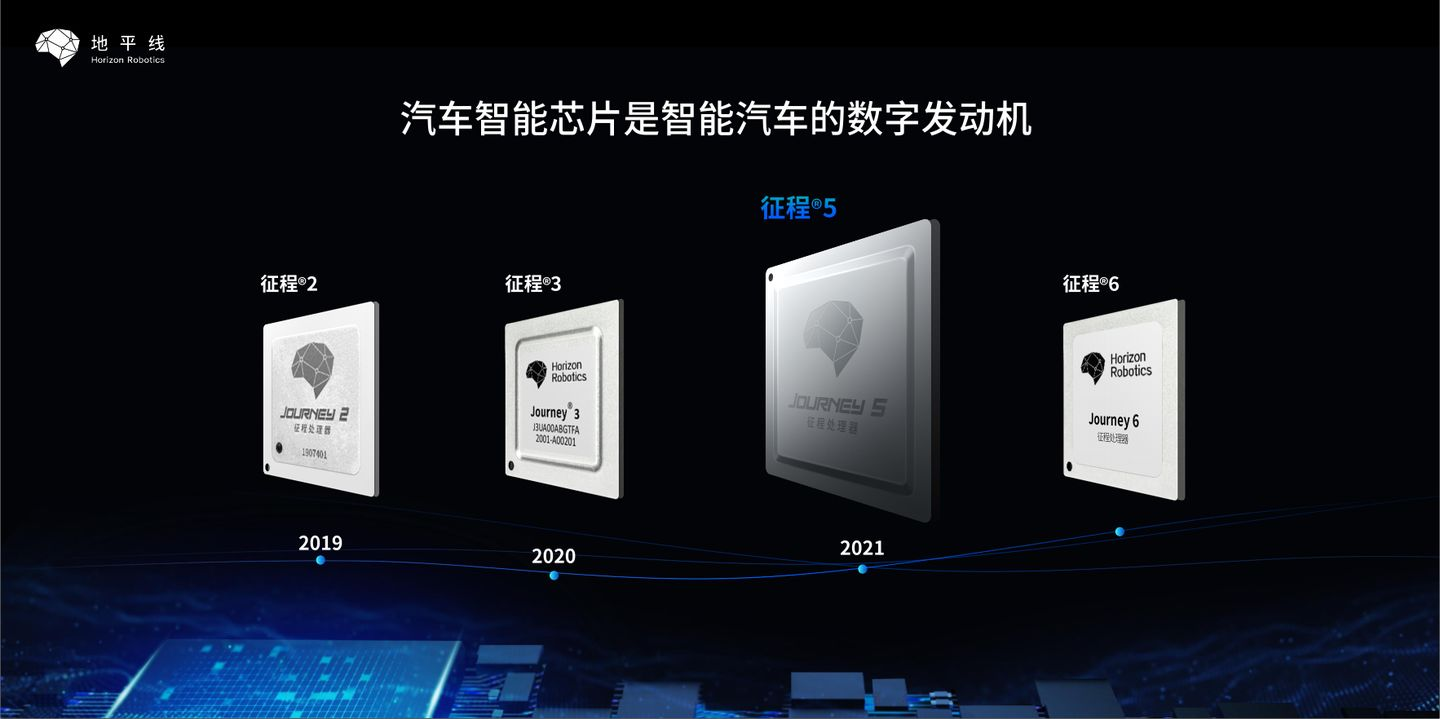
Iterative algorithm development is crucial for automation systems due to the constant need to solve tail-end problems. The combination of data, algorithms, and computing power can ensure closed-loop data for autonomous driving. The use of data to drive algorithm iteration creates a positive cycle where the longer the time, the more data is accumulated, and the stronger the algorithm becomes.
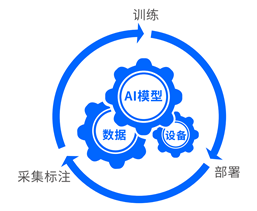
Whether it is a vertically integrated company like XPeng or a technology provider like Horizon Robotics, both have built complete data-loop platforms to iterate algorithms and improve system capabilities.
Horizon Robotics’ data loop development platform is called “Aidi.” Aidi is an end-to-end data-driven loop solution designed for AI software product development and iteration for intelligent vehicles. Through in-vehicle pre-embedding mining strategies, cloud-based automatic labeling, active learning, and other strategies, data is structured and expressed in multiple dimensions to enhance the targeting and adaptability of data iteration.
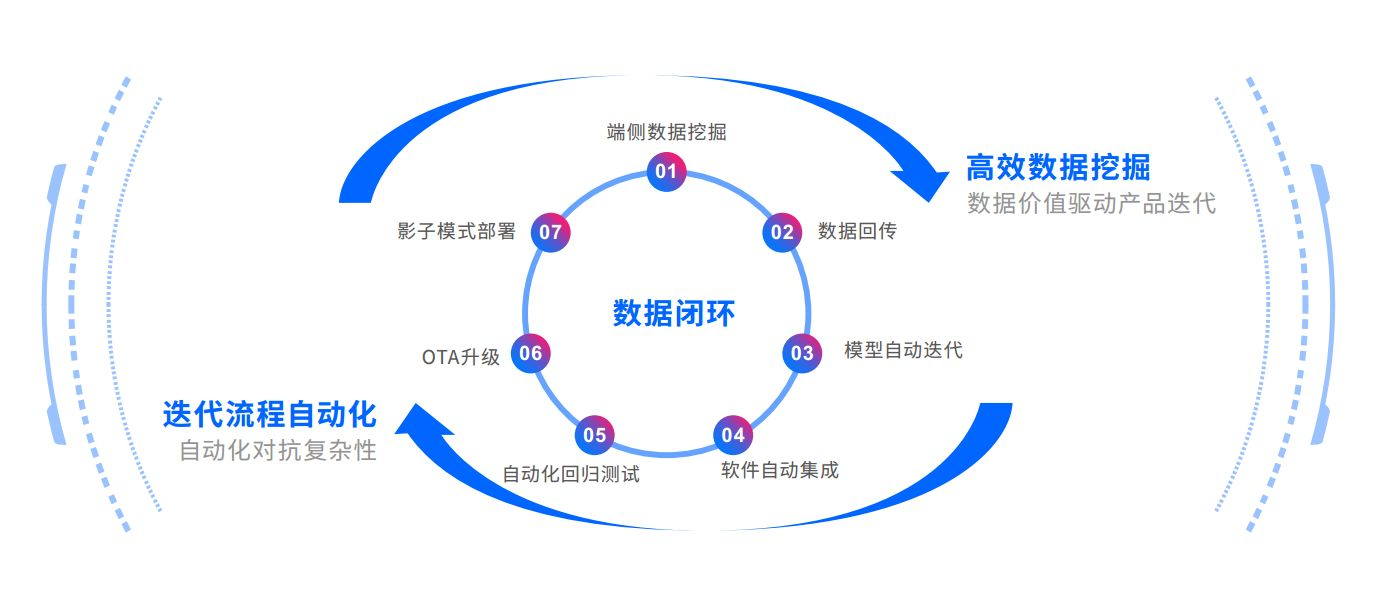
The full automation flow of data in the system will significantly reduce the manpower investment of algorithm engineers in routine data iteration, helping car companies achieve autonomous AI R&D capabilities with higher efficiency and lower cost.
Conclusion“`markdown
In the field of autonomous driving today, a few car companies have chosen the full-stack self-developed technology route, which has stronger ability to solve long-tail problems, and more controllable data and algorithms. However, investment is huge and significant effects are difficult to achieve in a short period of time. If blindly going all in on full-stack self-development, there is a great risk. The best way is to be prepared with two hands and promote them synchronously. Most domestic car companies are doing this. They purchase mature technologies directly from autonomous driving technology providers such as Horizon according to their own shortcomings (such as detection of traffic participants, recognition of traffic lights, etc.) to improve their autonomous driving systems and gradually transition to a fully closed-loop of autonomous driving scenarios.
“`
This article is a translation by ChatGPT of a Chinese report from 42HOW. If you have any questions about it, please email bd@42how.com.